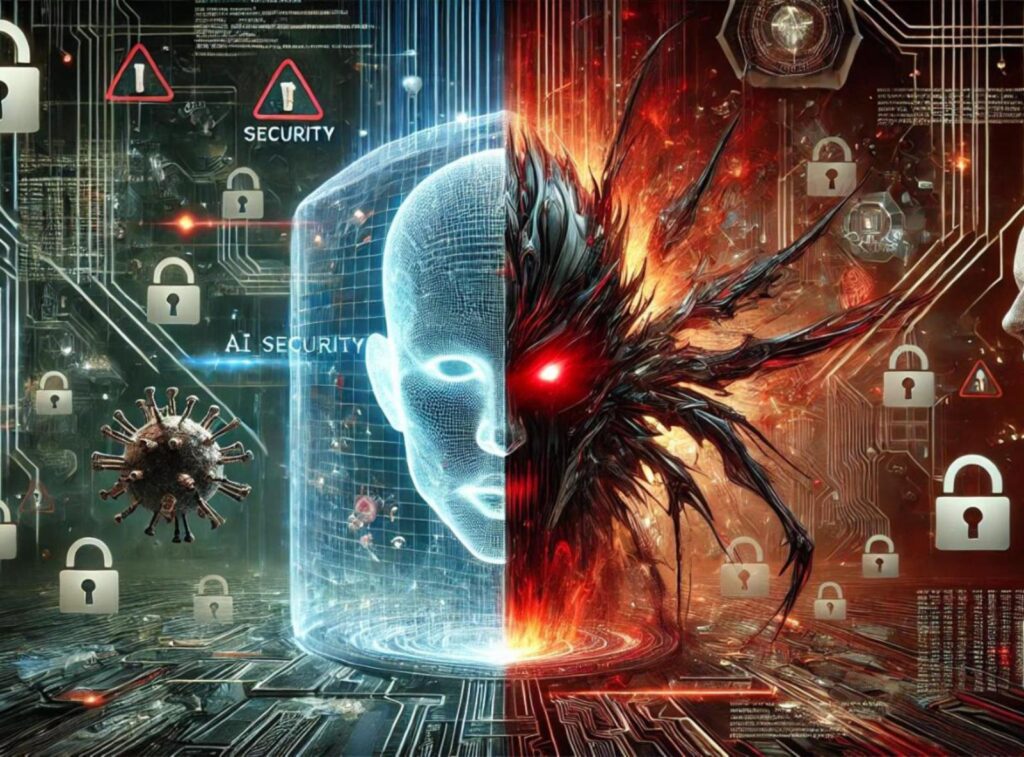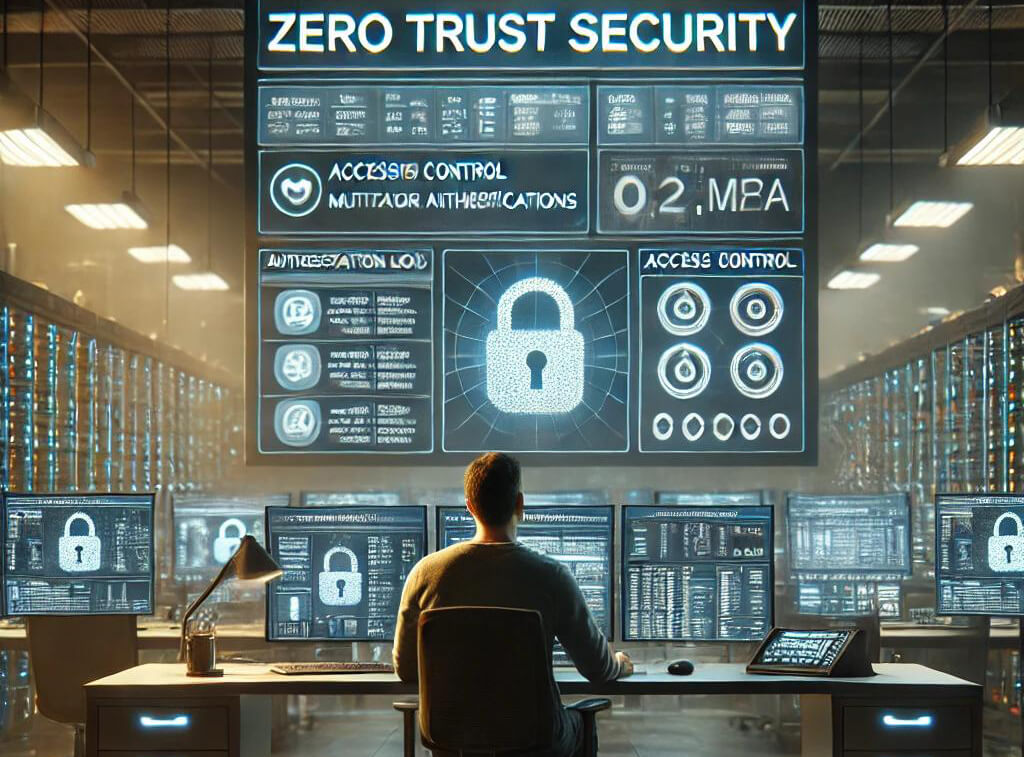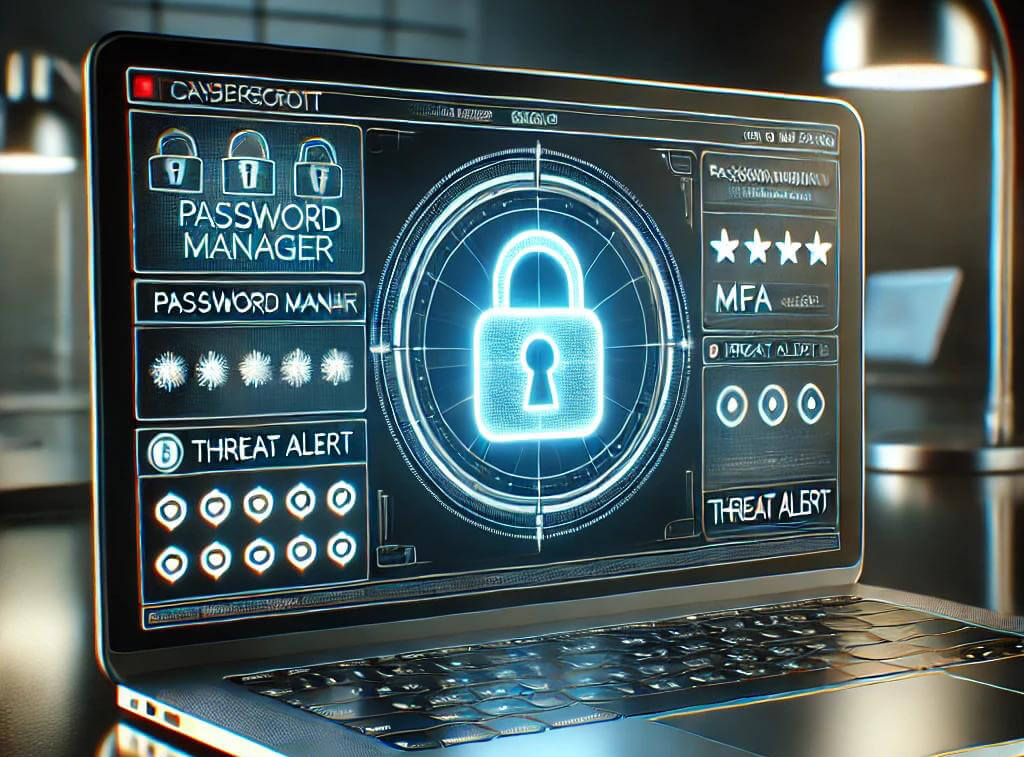When artificial intelligence spots a network breach, it reacts in microseconds. When AI launches an attack, it strikes just as fast. This stark reality defines cybersecurity today: the same tools that protect us can be turned against us with frightening efficiency.
A modern security system scans network traffic constantly, catching threats that would slip past human observers. But across the internet, other AI systems craft convincing phishing emails, generate fake videos indistinguishable from reality, and design malware that changes its behavior to avoid detection. The battle is no longer just between hackers and security teams—it’s AI against AI.
AI on Guard
Traditional security tools worked like locks with specific keys—effective against known threats but helpless against new ones. AI breaks this pattern. It learns, adapts, and recognizes unusual behavior before damage occurs. A strange login attempt, an odd file access, or suspicious network traffic—AI notices what human analysts might miss and reacts instantly.
Speed matters. While human teams debate responses, AI takes action: quarantining infected systems, canceling compromised credentials, and reversing unauthorized changes. This can stop ransomware before it spreads, preventing damage that would have been unavoidable with a slower response.
But just as defenders have harnessed AI to react faster, attackers are using it to strike smarter.
The Dark Side of Smart Security
Hackers aren’t standing still. They train their own AI to probe for weaknesses, send highly personalized scam messages, and manipulate security systems. Deepfake technology has already enabled scams where AI-generated voices impersonate executives, convincing employees to wire money. Soon, fake videos could be used to disrupt everything from business deals to elections.
The newest AI-powered malware doesn’t follow predictable patterns. Unlike traditional viruses, which execute fixed commands, these attacks watch, learn, and adapt in real time. Some can even rewrite their own code to avoid detection. Security tools that rely on pre-programmed defenses won’t be enough—malware that learns on the fly demands AI defenses that can evolve just as fast.
When AI Works Against Us
Even more concerning is adversarial AI—attacks designed to fool security AI itself. By feeding these systems misleading information, attackers can mask real threats or trigger false alarms that paralyze business operations. If a security AI system misidentifies critical software updates as malware, it could block them, leaving systems exposed. If attackers manipulate AI into labeling real threats as routine activity, breaches could go unnoticed.
There’s no universal fix for this. Adversarial attacks exploit the very learning mechanisms that make AI so powerful. Until security teams find ways to defend against this, AI security systems will remain vulnerable to their own intelligence.
The Strain of AI on Infrastructure
Running AI at this scale requires enormous computing power. Many companies are already struggling to maintain the AI-driven security systems they have, let alone prepare for what’s next. AI processing isn’t just expensive—it’s resource-intensive, requiring optimized data pipelines, high-performance hardware, and robust infrastructure.
Then there’s quantum computing. While still in early development, its potential is undeniable. By 2027, quantum technology could grow from a $412 million industry to $8.6 billion, with implications far beyond cybersecurity. Quantum machines could break today’s encryption, exposing sensitive data that was once considered secure. Businesses and governments are racing to develop quantum-resistant encryption, but no one knows how long they have before current security models become obsolete.
Every Device a Target
As businesses rush to connect everything to the internet—from security cameras to smart cars to kitchen appliances—each new device introduces new risks. Every sensor, every smart lock, every industrial control system becomes a potential entry point for attackers.
AI can help manage these risks, but only if security is built into these systems from the start. Too often, security is an afterthought, leaving companies patching vulnerabilities after an attack occurs. With AI-driven attacks accelerating, reactive strategies will no longer be enough.
When AI Gets It Wrong
The shift toward AI-driven security introduces a new challenge: who is accountable when AI makes a mistake?
What happens when an AI wrongly locks someone out of a critical system? When it disrupts business operations based on a false positive? When it flags a legitimate transaction as fraudulent and prevents someone from accessing their money? AI security systems operate at speeds humans can’t match, but they aren’t perfect. And the more decisions we delegate to AI, the more we risk unintended consequences.
Privacy concerns also loom large. AI security systems analyze massive amounts of personal data—logins, locations, biometrics, and online behavior. If misused, this could lead to mass surveillance, discrimination, or unethical decision-making. Some AI-driven systems have already caused wrongful arrests and biased hiring decisions. These problems will only grow unless companies prioritize transparency and human oversight in AI development.
Living with AI Security
For most people, AI in cybersecurity still feels like an abstract concept. But AI is already guarding financial transactions, filtering spam, scanning emails for fraud, and monitoring social media for misinformation. Soon, deepfake scams could make phone calls indistinguishable from reality. AI-driven fraud could make fake business deals look legitimate. As AI continues to evolve, digital literacy will become just as essential as cybersecurity tools themselves.
The tools designed to protect us are getting smarter. But so are the threats. Whether AI security makes us safer or more vulnerable depends on the choices made today. Will companies prioritize security over convenience? Will governments regulate AI-driven surveillance? Will researchers find ways to protect AI systems from manipulation?
The difference between security and disaster often comes down to microseconds—and increasingly, those moments belong to machines.





